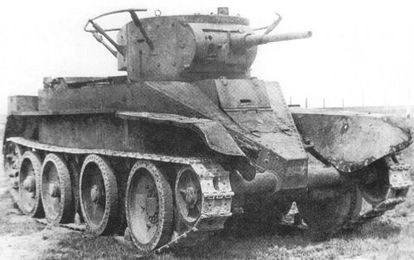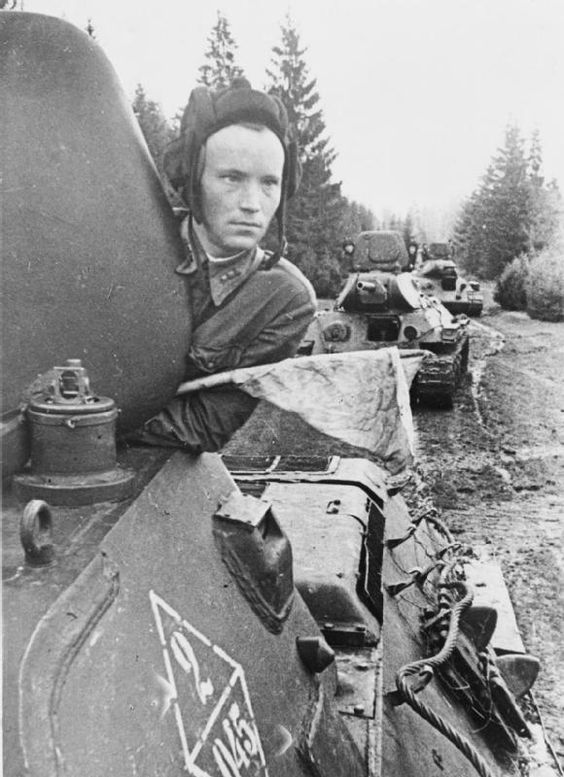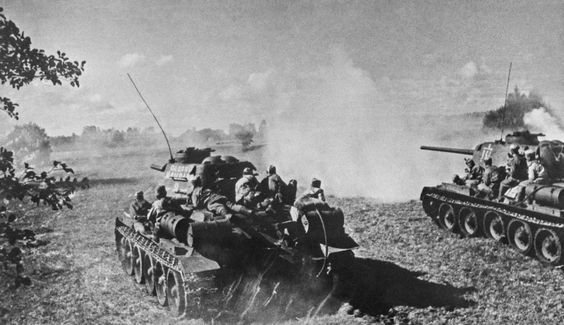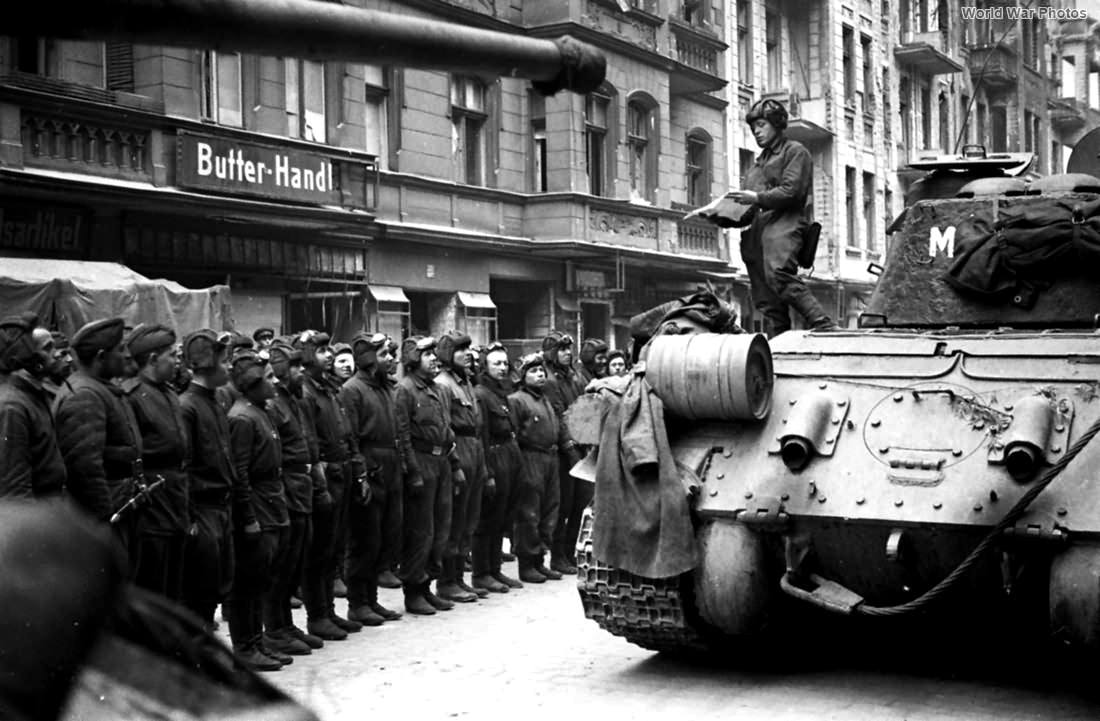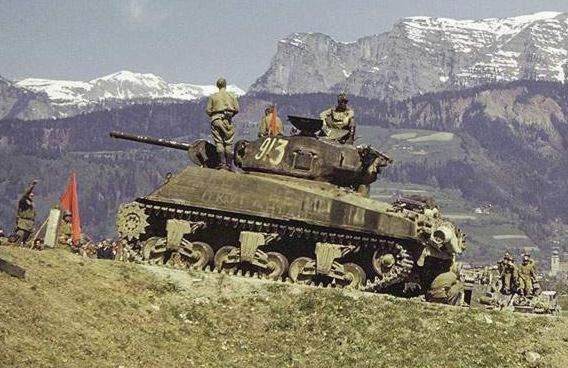|
"Radio is used only to communicate with higher echelons. Inter-tank communication is by visual signal, while telephone and laryngophones are used between members of the crew." - from a report on the T34 Tank extracted from Tactical and Technical Trends, No. 5, August 13, 1942. Source: Lone Sentry
|
The viability of High Frequency Radios in Combat
Firstly it has to be said that the radio was not a perfect communications tool and the British found this out at both the Battle at Arras (1940) and Operation Market Garden (1944). This was not unique. High Frequency (HF) radio transmission was not subject to not only misuse and severe climatic conditions (such as cold, heat & humidity) but sunspots, polar aurora and solar activity. Countering the negative aspects it frequently works well and over vast intercontinental distances as well as shorter ranges and its range is not restricted by line-of-sight obstacles (as VHF is) - which is why all tank and pretty much all land-based use radios were HF. Soviet Pre-war radio production Prior to the beginning of war the radio-technical industry of the Soviet Union produced for tank formations about 400 radio sets. Taking into account that radio sets were established only on the commander machines (i.e. it was radio-equipped only by 10-20% of the total production of tanks), this quantity of radio sets it completely satisfied the supply to tank formations in peacetime based on the so-called "Deep Operations" Soviet Doctrine as specified in the 1936 Field Service Regulations. However, in the course of the war, after such losses and indeed the decision to expand the number of tank formations and the necessary requirement for the installation of radio stations to all tanks (if only to combat in part the enemy's superior tactical doctrine through the use of radios in all tanks), the needs for the tank radio sets sharply grew. The Effects during the Early War Period As a result of this between August '41 - mid '42 the issue of tank radio stations was ended and tanks entered the front without the radio stations. The use of Flag Signalling (still in the 'Instructions for The Armoured Troops' until 1944) and of motorcycle despatch riders were the best forms of communication available. Tank Guard Formations would have been more liberally supplied than other Tank Formations. The radio establishment for a September 1941 Tank Brigade was:
This must have greatly affected the Soviet ability to fight effectively at tactical level and no doubt ensured the failure of many armoured thrusts and the practise of, at platoon level, the "follow my leader" approach which generally resulted in the whole platoon firing at the one enemy tank and a whole platoon, and indeed tank Company, immobilised when the lead tank was taken out of action. Under these conditions the deliveries of the tank radio sets of Great Britain and later the USA was critical for the Red Army as even it could not sustain either the tank (& crew) losses, the constant defeats, the morale factor and the lack of an effective offensive tank doctrine. Soviet Armoured cars, the mainstay of Soviet reconnaissance formations has, in theory the following radio sets (and probably again for company and platoon commanders only):
The Effects during the Mid-War period By early 1943 'all' Soviet Armoured formations had radios in company and platoon commanders tanks, though this might have been later on the 'quiet' fronts. The Improved situation Late-War By 1944 'Flag Signalling' was removed from Soviet 'Instructions for The Armoured Troops'. We can safely assume that the Soviets were confident enough to officially rely purely on radio communication at this date, though the tactical finesse of the Soviet Tank Formations would, despite a degrade in German tank crew quality, be still inferior to many Panzer units, though the gap would by now have closed significantly. |

